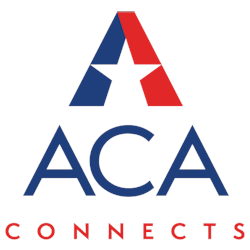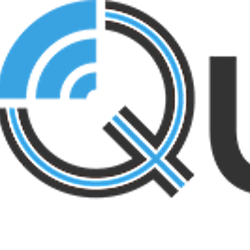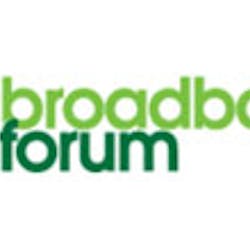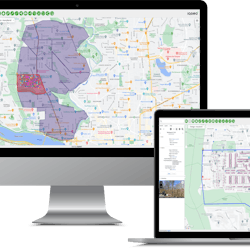A new report from ACA Connects and business consulting firm Cartesian shows that policymakers can make gigabit broadband available to 19 million locations that lack access to high-quality service and subsidize broadband adoption for five years with funding under consideration by President Biden and the U.S. Congress.
The report, Addressing Gaps in Broadband Infrastructure Availability and Service Adoption: A Cost Estimation & Prioritization Framework, uses the most recent and comprehensive deployment data available and provides a rigorous analytical cost model and framework to assist policymakers in determining how to expand broadband availability and increase broadband adoption across the United States based upon various definitions of success.
Using this data, cost model and analytical framework, the report illustrates that with a budget between $61-118 billion, the federal government could make gigabit broadband available to all locations with less than 100/20 Mbps service not included in the FCC’s recent Rural Digital Opportunity Fund Phase I program and substantially increase broadband adoption for up to half of the 33 million Lifeline-eligible households over five years by offering a $50 monthly subsidy.
The new report also shows that certain more ambitious goals would require broadband infrastructure funding amounts to be set at higher levels than what has been thus far proposed. For instance, building future-proof networks to all locations with less than 100/100 Mbps service would cost approximately $106-179 billion.
Among the other key findings:
· Quantifying the Availability and Adoption Problems. The report finds that approximately 12 million households – including 8.2 million in partially served Census blocks not previously accounted for in FCC data – do not have access to 25/3 Mbps broadband, while approximately 30 million households do not subscribe to fixed broadband when it is available.
· Recent Investment Has Helped, But Many Households Remain Unserved. Gigabit service availability has increased by approximately 50% since 2018, while areas that lack at least 100/20 Mbps service have declined by just 3 percentage points in the same period.
· Income Remains the Largest Barrier to Adoption, Regardless of Geography. An estimated 30 million households (~25% of U.S. households) do not subscribe to fixed broadband at home for reasons other than network availability, and 36% of non-subscribing households earn less than $20,000 per year. A comparable percentage of homes in rural and non-rural areas (29% versus 28%) do not subscribe even when service is available.
ACA notes the report proposes a funding goal of maximizing the number of Americans that can access essential digital resources. To achieve this goal, policymakers can use the cost model and framework to balance availability and adoption priorities, focusing on 1) funding networks in locations with no availability and least mature infrastructure first, and utilizing mechanisms that drive low-cost investment and maximize public benefit; and 2) providing support for long-term programs that increase broadband adoption for those with the greatest need.
“America is poised to make a once-in-a-generation investment to close the broadband availability and adoption gaps, and it’s critical that we bring the best, most current data and analysis to bear to get it right,” said Matt Polka, ACA Connects President and CEO. “We look forward to sharing our findings with all government policymakers, industry sectors, consumer interests, and other stakeholders. It’s a public resource for all stakeholders to use to help ensure the available funding is put to the best use.”
To learn more, visit: https://acaconnects.org/Broadband-Infrastructure-Study.









